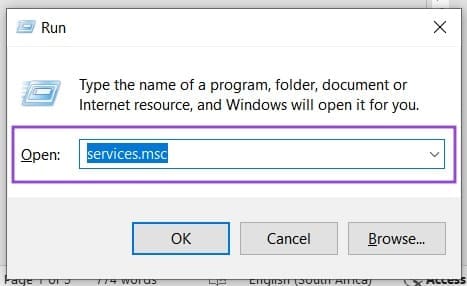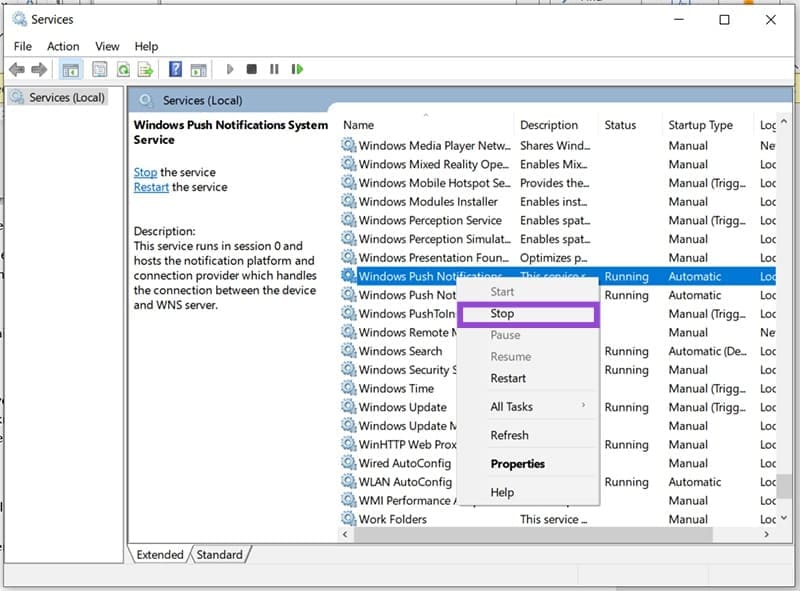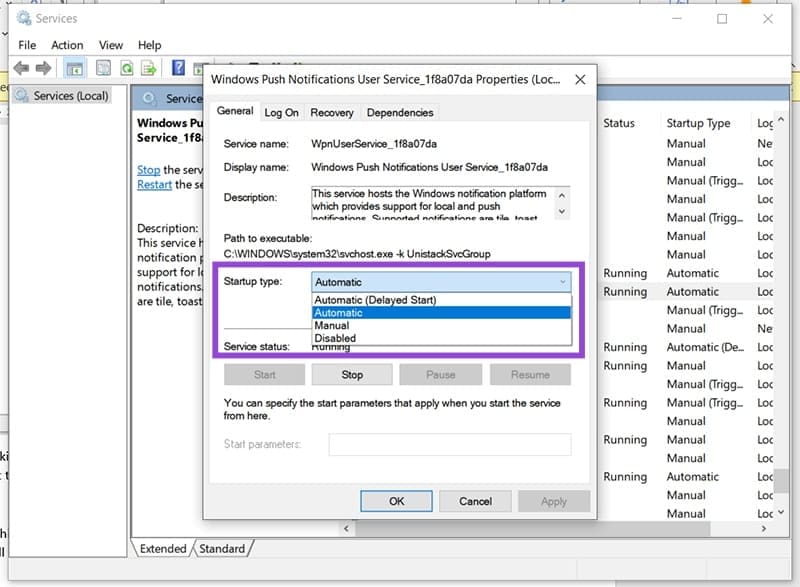Windows offers a wealth of features, but many unnecessary background services can bog down your system’s performance and even compromise your privacy. In this guide, we’ll explore how to easily remove background services in Windows 11 that you can do without.
How to Disable Unnecessary Services in Windows 11
Background services in Windows perform a variety of tasks. While some, like Task Manager, are essential for monitoring your system, others may simply gather data for Microsoft or serve functions that you may never use.
To modify these services, you need Administrator privileges. Here’s how to access the Services menu:
Step 1: Press Win + R to open the Run dialog box, then type services.msc.

Step 2: Instead of clicking “OK,” hold down Ctrl + Shift + Enter to launch it as an Administrator.
Step 3: In the Services window, right-click on any service you want to disable and select “Stop” from the context menu.

Step 4: To change a service’s startup behavior, right-click on it and select “Properties.” For long-term disabling, set the “Startup type” to “Manual.”

What Background Services Can You Safely Remove?
Now, let’s dive into which services you can safely disable to enhance your system’s performance while protecting your privacy.
1. Microsoft Telemetry Data
This service collects performance data from Windows devices worldwide. Although Microsoft claims the data is anonymous, it can still slow down your PC, especially older models. Disabling this service has no negative impact on your system’s operation.
2. Error Reporting
The Windows Error Reporting Service sends data to Microsoft when your system encounters crashes or bugs. While this helps Microsoft improve Windows, it isn’t essential for your everyday use. Instead, spend that time troubleshooting issues yourself.
3. Diagnostic Policy Service
This service attempts to troubleshoot errors within Windows, but most users find it ineffective. As Microsoft may phase this out, feel free to disable it to enjoy better performance.
Other related services you can disable include “Diagnostic System Host,” “Diagnostic Service Host,” and “Diagnostic Execution Service.”
4. Optimize Drives
Windows automatically defragments your hard drives when idle, which can be resource-intensive. If you remember to manually defrag periodically, you can safely disable this service.
5. Optional Services
Some services only impact users who utilize specific functions. If you don’t use them, feel free to disable these:
- Phone Service: Connects your smartphone to your PC; disable if not needed.
- Print Spooler: Essential for printing; disable if you don’t use a printer.
- Geolocation Services: Turn off if you don’t use maps and want to avoid tracking.




